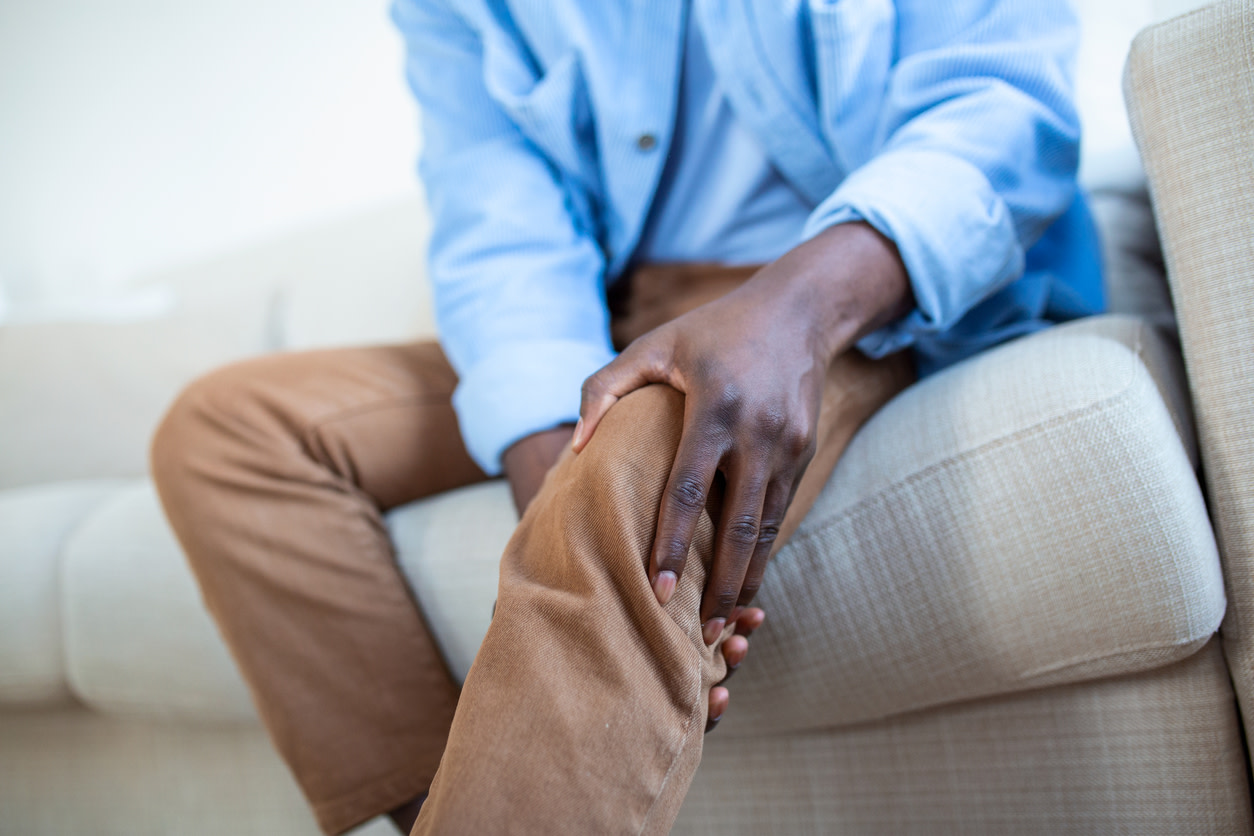Have Knee Pain When Straightening Your Leg? Here’s How to Feel Better
If you notice knee pain when straightening your leg, there’s a lot you can do to feel better, including these targeted exercises.
$0 costo para usted
Fecha de Publicación: Sep 9, 2024
El índice
Fully covered knee pain relief
Find relief from knee pain, knee locking, stiff knees, & more.
Check if I'm eligibleExercises to Relieve Knee Pain When Straightening Leg
¿Quieres atención de expertos? Consulta si estás cubierto por nuestro programa gratuito →- Hamstring Stretch
- Banded Bridge
- Banded Clamshell
- Lateral Step Up
- Deep Squats
